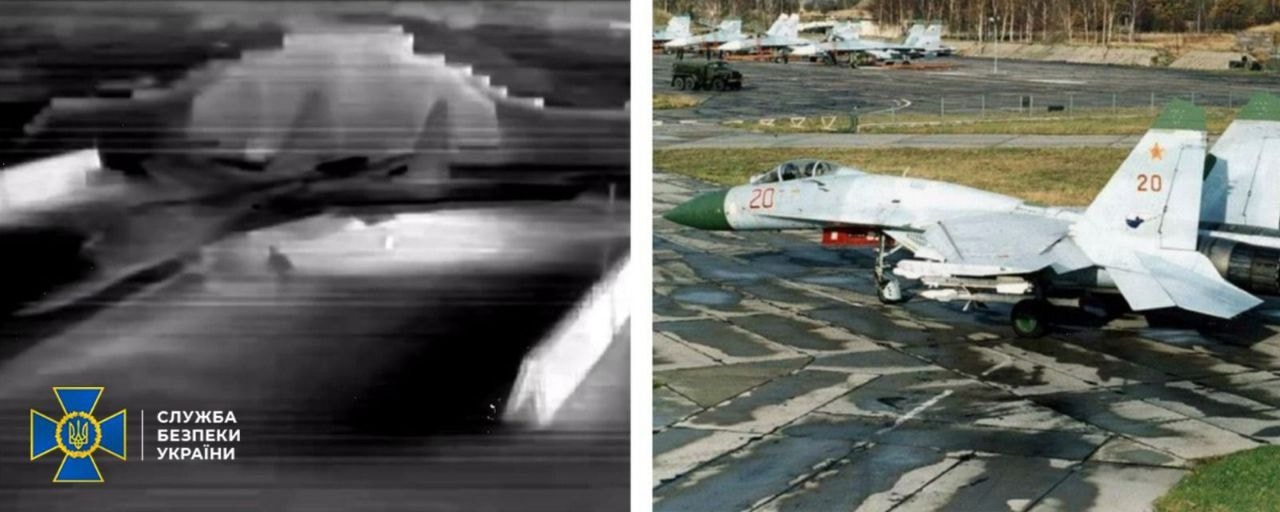
Opinion: Modi's Kyiv visit will be a tightrope walk between Washington and Moscow
Indian diplomacy could score a geopolitical triumph if it positions Modi’s upcoming visit to Ukraine as a bold new peace initiative.
Indian Prime Minister Narendra Modi at the Borgo Egnazia resort during the G7 summit in Savelletri, Italy, on June 14, 2024. (Ludovic Marin / AFP via Getty Images)"

Shashi Tharoor
Former UN under-secretary-general
Indian Prime Minister Narendra Modi reportedly plans to visit Ukraine in late August, a little over a month after his controversial meeting with Russian President Vladimir Putin in Moscow, which coincided with NATO’s summit in Washington. Images of Modi hugging Putin – on the same day that Russia bombed a children’s hospital in Kyiv and killed at least 42 civilians in air strikes across Ukraine – provoked widespread outrage. Ukrainian President Volodymyr Zelensky called it “a huge disappointment and a devastating blow to peace efforts to see the leader of the world’s largest democracy hug the world’s most bloody criminal in Moscow on such a day.”
So, what explains Modi’s behavior?
Since Russia's full-scale war against Ukraine began, India has been walking a tightrope. For more than two years, it has struggled to strike a balance between its longstanding relationship with Russia and its support for the United Nations Charter, which codifies principles such as the inviolability of borders and the prohibition of the use of force in international relations.
India’s reluctance to alienate the Kremlin is understandable, given that it buys more than 40% of its weapons from Russia. To be sure, this share has been falling, as India increasingly purchases defense supplies from the United States, France, Israel, and other Western countries. But the legacy of the past continues to weigh heavily on the present: 86% of India’s military equipment is of Russian origin, and spare parts remain essential.
Meanwhile, India’s energy ties with Russia have deepened under Western sanctions: imports of Russian crude jumped from $2.4 billion in 2021-22 to $46.5 billion in 2023-24, driven by attractive discounts. Russia has become India’s main supplier of oil and gas, an arrangement that the West, recognizing that India’s purchases are preventing a spike in global prices, quietly condones.
Moreover, Russia is an important partner in Central Asia, where India is working with post-Soviet countries to expand trade partnerships and address security challenges.
Given all this, India has so far refused to criticize Russia for the war, abstaining from several votes on UN General Assembly resolutions calling for a ceasefire in Ukraine. Tellingly, the India-Russia joint statement following Modi’s visit to Moscow referred to the conflict “around Ukraine,” as opposed to “in Ukraine,” implying at least some recognition of Russia’s territorial claims.
But India has also been careful not to endorse the Russian invasion. In 2022 and 2023, Modi declined to travel to Moscow for bilateral summits. And in September 2022, at the Shanghai Cooperation Organization summit in Uzbekistan, he openly told Putin that today’s era is “not an era of war.” Modi echoed these sentiments during his visit to Moscow, saying that a solution to the war “cannot be found on the battlefield.”
While the U.S. government has continued to accept India’s balancing act, it responded to Modi’s Moscow visit by expressing its “disappointment” with the Indian government. This suggests that while America has for decades regarded India as an indispensable democratic partner in its growing confrontation with China, India’s relationship with Russia threatens to drive a wedge between the allies.
In response, an Indian spokesman reasserted the country’s “freedom of choice” and strategic autonomy. But the U.S. Ambassador to India, Eric Garcetti, doubled down, saying that “in times of conflict, there is no such thing as strategic autonomy” – even though strategic autonomy is most relevant in such times – and urging India not to take its relationship with America for granted.
These recent statements from U.S. officials should give the Indian government pause. U.S. President Joe Biden’s administration has increasingly strengthened Indo-Pacific alliances beyond its flagship Quad grouping with India, Australia, and Japan. This includes creating the AUKUS security partnership with Australia and the United Kingdom, engaging “Quad Plus” countries such as New Zealand, the Philippines, South Korea, and Vietnam, and hosting the AP-4 (Australia, Japan, New Zealand, and South Korea) at July’s NATO summit.
The message is clear: many countries are willing to promote U.S. strategic interests in the Indo-Pacific, making America’s embrace of India seem potentially less attractive in comparison. Complicating matters further, the U.S. continues to seek accountability from India for its alleged attempt, foiled by U.S. security agencies, to kill a militant Sikh separatist on American soil. While the U.S. has so far limited the diplomatic fallout, it continues to press India for an investigation.
But India and the U.S. should maintain close ties, as their bilateral partnership offers many mutual benefits – from the U.S.-India initiative on Critical and Emerging Technology to semiconductor ventures and cooperation on the Indo-Pacific. One way to ensure this is for India to use its longstanding relationship with Russia to defuse the conflict, as the U.S. has urged. The India-Russia joint statement in July welcomed peace proposals “in accordance with international law and on the basis of the UN Charter.” Modi could conceivably use his upcoming trip to Ukraine to explore the feasibility of this option.
Modi could also provide more humanitarian assistance to Ukraine. Soon after the war began, India sent 90 tons of relief materials to the Ukrainian government, which has since made many requests for Indian companies to provide, among other things, construction materials, medical devices, and telecom infrastructure. Modi could arrive in Kyiv bearing such gifts.
India is increasingly stuck between two stools. It has been warming to the West in recent years, especially given rising border tensions with China. But, at the same time, India cannot disavow its relationship with Russia, however much this displeases the U.S..
Modi’s visit to Ukraine is likely to prompt a negative reaction from Russia, just as his visit to Moscow irritated the U.S.. The challenge for Indian diplomacy is to calibrate its private messaging to assuage concerns from both countries, while also portraying the trip as a bold new initiative. Pulling this off would be a geopolitical triumph. But if the visit goes awry, it could cause incalculable damage to India’s global standing.
Editor’s Note: Copyright, Project Syndicate. This article was published by Project Syndicate on Aug. 13, 2024, and has been republished by the Kyiv Independent with permission.









